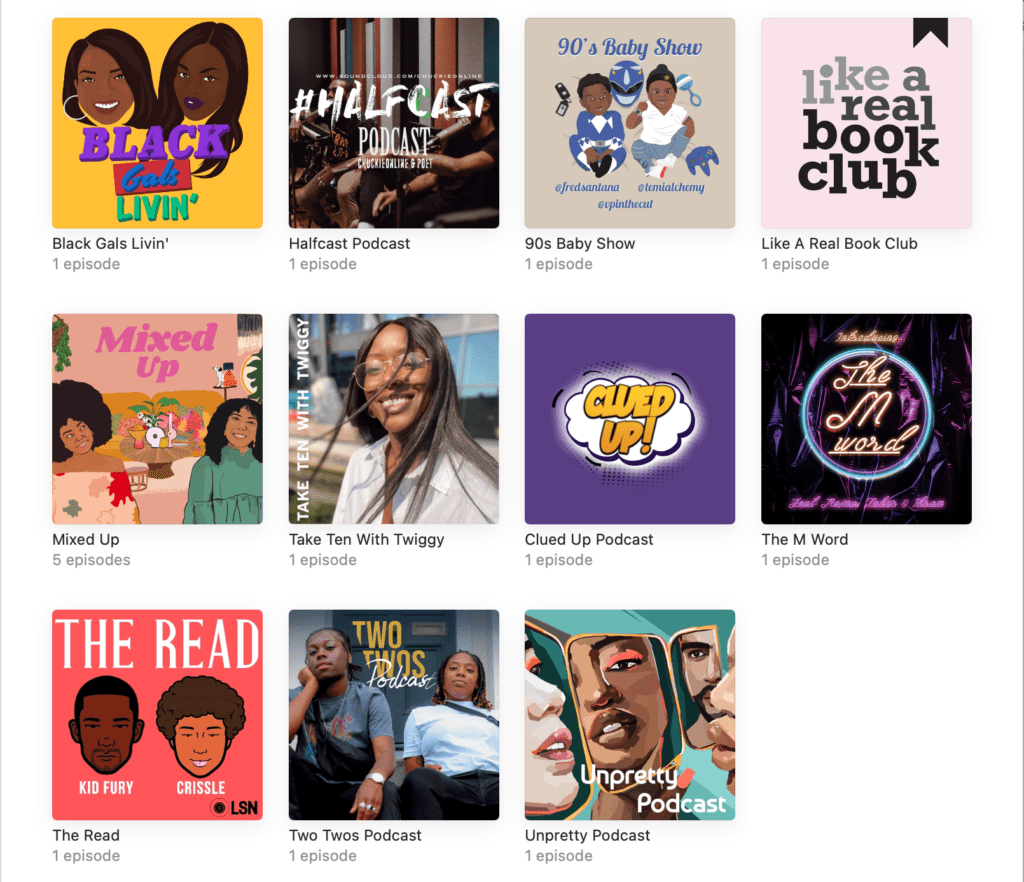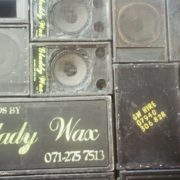Are NFTs any use to Art and Culture within the Black Community?

The constant innovation from the Black community, paired with the potential of this technology being a tool, could lead to intriguing additions to the canon of Black Art and Culture.
Contribution by Jasmine Pierre.
The rise of NFTs in popular conversation has soared over the past couple of months, causing people on the internet to think they are an expert on everything crypto. NFTs have gained notoriety in the Art world and saw Ja Rule sells an NFT of the Fyre Festival logo. It’s clear that everyone wants a piece of this pie.
So, should the conversation be shifting to NFTs practical impact?
To fully think about this, we need to know what everyone is going on about. So, to break it down NFT= Non-Fungible Token, which literally meant nothing to me when I read it. NFTs are a digital token that represents the original version of anything digital media from art to a meme. Essentially it is unique so it can’t be replaced with something else or traded for another thing. To get into the technical bit it’s stored in digital wallets and supported by the code on the Etherium Blockchain but holds additional information that is different from Etherium crypto currency.
With the array of articles out there helping us grasp the technology behind NFTs, at least on a surface level, the conversation should develop into how this benefits the artistic landscape? Particularly for Black creatives who are often mistreated in this space.
By purchasing an NFT you gain ownership of that artwork, but not necessarily the copyright. As the majority of people know ownership is a hot topic in Art, Music, and Media. For decades Black artists spanning these mediums and many more have been cut out of benefitting from the creative work that they have produced. The systems of these industries, like all other systems in place, intrinsically exploit Black artists. Meaning too often we see artists not being compensated for the mark their work has.

Take Kerry James Marshall, a renowned African American painter as a prime example. His artwork ‘Past Times’ (1997) gained wide news coverage as it was sold to Diddy for $21.1M. Yet as this was sold on the secondary market, where it was not sold by the painter but by someone who had bought the artwork previously, Marshall did not make money on this sale. This being an all too familiar story, Could NFTs be a step in solving these sorts of problems?
Black creativity is the blueprint for lots of the Art/Culture in the West. Not just pop culture, I am talking ALL Art/Culture. Yet the majority of icons in the Black community aren’t given their flowers for their wide-reaching impact. Nor do they receive any economic benefit for literally creating artistic movements. Instead, it is co-opted by non-Black people who slightly repackage it to make it more “palatable for the masses” and export this for their profit.
This is where NFTs step in. They enable artists/creatives to build in royalties for the initial and future sales. So, each time the NFT is sold the original creator of this earns a percentage of money. This is a huge positive in solving the problem that Black artists have faced for years. Particularly in today’s creative climate where people are expected to produce artwork for free and Digital Streaming Platforms (DSP) pay artists extremely low rates. NFTs enabling an artist to always receive a payment when their work is sold recognises their creative labour, which all too often goes unnoticed. Selling artwork in a way that is direct to the audience cuts out the middle man meaning artists can circumvent the institution.
When you are thinking of Black legacy in the 2010s the internet immediately comes to mind. Digital technology has been utilised by the Black community to add to the culture whether from a visual aspect with Memes to audio content such as Podcasting.

But what if these moments were made into Non-Fungible Tokens? With Jack Dorsey selling the first-ever tweet as an NFT your favs on the TL might be next. As people’s posts are shared thousands of times across platforms the initial creator can be forgotten. Turning their post into an NFT allows a creative to fund part of their living expenses and sustain their practice through its sale. This is an interesting shift where a person’s post could be an artwork in its own right.
Like everything, particularly a space that is quite new, there are problems with Non-Fungible Tokens. The Etherium blockchain, which the majority of NFTs use, has been said to have a large carbon footprint. Any new technology that comes into play will also have the question of longevity come up. Considering Hardware and Software do change over time, I mean just think back to VHS Tapes. What if in 50+ years a purchased NFT cannot be accessed due to its file format? What if people forget their password to their wallets (where these are stored) too many times?
The future of NFTs could take any trajectory. The market model of artists selling direct to the audience, such as Patreon, is extremely popular and NFTs could be the next iteration of this. The technology allows people to have their own autonomy when selling, which may give NFTs staying power. Non-Fungible Tokens could also become a preferential way of Black artists selling their work as it wouldn’t have to go through large institutions that have been involved in violence such as the Transatlantic Slave Trade.
NFTs are a topic that will continue to be speculated on. The constant innovation from the Black community, paired with the potential of this technology being a tool, could lead to intriguing additions to the canon of Black Art and Culture.
Contribution by Jasmine Pierre.
Check out the GUAP Arts & Culture section, to discover new art, film, and creative individuals.

